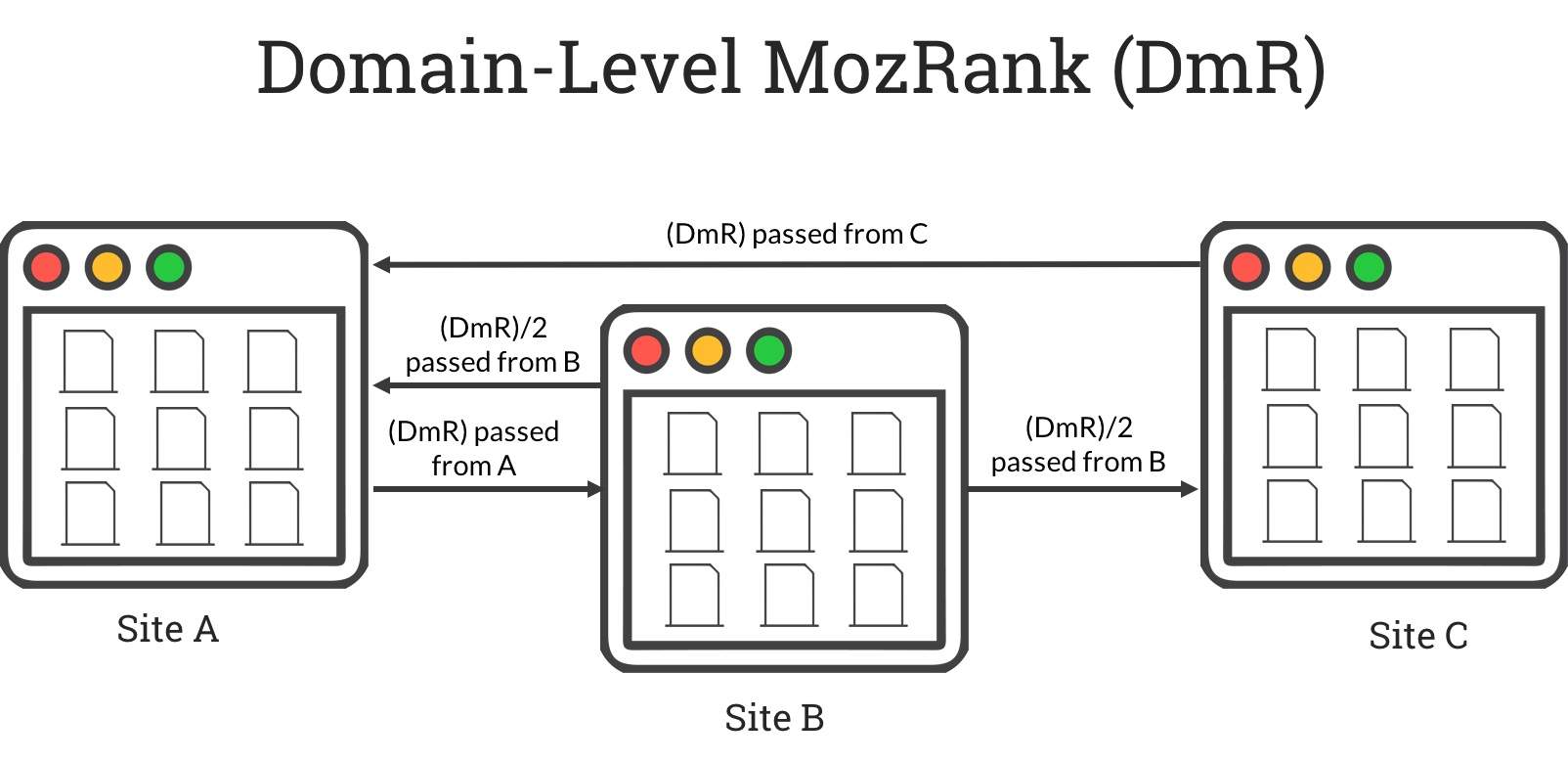
Most webmasters know how important search engine optimization (SEO) is but the majority do not implement it correctly. There are a few steps that should be followed in order to increase your search engine rankings and generate more organic traffic from the major search engines.
In this blog post we are going to take a typically overwhelming process for many bloggers, and break things down into bite-sized pieces.
Let’s dive right into it!
1.) Optimize Your Meta Tags
The first step to any successful SEO campaign is to ensure your meta tags are optimized to their fullest potential. This will give Google a strong signal of exactly what types of keyword phrases you are trying to rank for. The specific meta tags that you should be focusing on are Title Tags, Meta Descriptions, Header Tags and Image ALT Tags. Please note that these tags should be written for every page/blog post on your website.
Let’s take a closer look at these in more details.
- Title Tags: Your title tags are your most important in terms of a ranking factor and they hold the most weight in the eyes of Google. Title tags are the main blue hyperlink in the search results when you type in a search query (see screenshot below)…They are also seen on the browser tab. It’s crucial that your title tags contain your most relevant and important keywords and that they are as close to 70 characters as possible without going over.

- Meta Descriptions: Your meta descriptions do not hold any SEO value but they DO matter from a click-though perspective. Your meta description is seen underneath the title tag in the search results and should be 150-160 characters long without going over. Try to make your meta descriptions as compelling as possible and unique per page.
- Header Tags: Header tags (H1, H2, H3, H4, H5 etc.) are the only front end facing tags on the website so it’s important that they read very naturally to visitors. Header tags are normally the main heading on a given page above an area of text. Like the title tags discussed above, your header tags also hold a lot of SEO weight. Try to incorporate target keywords here where appropriate.
- Image ALT Tags: Every image on your website can be tagged with an image alt tag. You should be writing a unique and optimized image alt tag for all of the pictures on your website.
2.) Optimize Your Content
Just like your SEO tags, we will want to ensure that all of your existing copy on your website is optimized properly as well. This means adding in target keywords to help give the page more relevancy and also adding in a few internal links to other relevant posts on your site. Internal links help spread some link juice from page to page and they also help people navigate your site more effectively.
When Google sees a trend with the keywords you’re targeting in both your SEO tags and the content on the page, this really gives you a better shot at ranking in the SERPs (search engine results pages). Like your SEO tags, make sure you do not keyword stuff here. Instead, put yourself in your reader’s shoes and make sure your content reads as fluently as possible.
3.) Generate Consentient and High-Quality Content

As a blogger, the lifeblood of your website is generating consistent content for your readers to digest and engage with. Google absolutely loves (and favors) a website that is constantly publishing unique and fresh content. This also gives you much more opportunity to rank for various keywords, since every blog post will most likely be based on a different subject (or targeting different keywords).
When you write really high-quality content on a consistent basis, you also give yourself a chance of having other authoritative blogs linking out to your articles. If your content is helpful and valuable, people will be thrilled to share it with their readers. Try to publish at least 1 blog post per week and if you can do more, go for it!
4.) Build Quality Backlinks
A big ranking factor for Google besides some of the tactics we explained above is domain authority. This is a metric that explains how strong a website’s backlink portfolio is. Generally, this means how many quality links you have to point back to your website. In order to increase your domain authority score, you must be consistently building quality backlinks for your website.

A great way to do this is through guest posting. Guest posting is really simple and is a process of reaching out to similar websites in your niche and pitching them a few article topics that you could write for their website.
The idea is to provide them with a high-quality article that they will publish to their website, which will have your link embedded within the copy. Link building is a strategy that you should be focusing on month in and month out. Consistency is key here.
Conclusion
To summarize, make sure you approach SEO with a long-term mindset and be extremely consistent with your efforts. Adapt to any changes that Google puts forth and really refine your skills over time. Focus on optimizing your meta tags, copy, generating consistent content and building quality backlinks. If you do this, over-time your search engine rankings and organic traffic should start to trend upwards!

